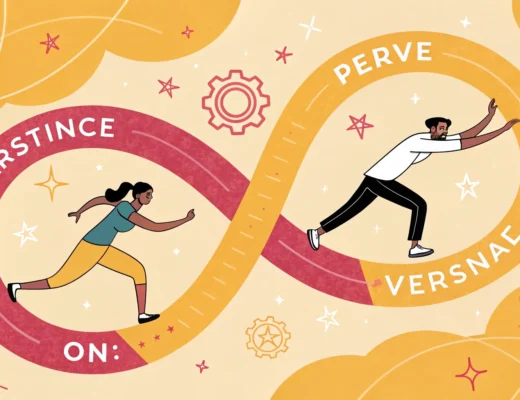Are you tired of submitting countless job applications and never hearing back? It’s frustrating, isn’t it? You spend hours crafting the perfect resume, meticulously tailoring your cover letter, and making sure you tick all the boxes on the job description. But there’s one crucial step that most people overlook – following up on your application.
According to Nolan Church, a former recruiter at Google and DoorDash, and the current CEO of Continuum, a talent marketplace for executives, this is the step that “everyone fails on.” Church emphasizes the importance of sending a follow-up message on LinkedIn and a personalized email to the company hiring manager, and even the CEO. In fact, Church reveals that at DoorDash, CEO Tony Xu would forward those emails directly to him, resulting in calls with the applicants a staggering 90% of the time.
Why is Following Up Important?
You might be wondering why following up is such a critical step in the job application process. Well, there are several reasons why it can make a significant impact on your chances of getting noticed and ultimately landing an interview.
1. Stand Out from the Crowd
With the job market becoming increasingly competitive, it’s essential to find ways to stand out from the crowd. Following up shows your dedication and commitment to the role. It demonstrates that you are proactive and genuinely interested in the position, setting you apart from other applicants who may have neglected this crucial step.
2. Build a Personal Connection
Sending a follow-up message allows you to build a personal connection with the hiring manager or potential employer. It shows that you’ve taken the time to research the company and the individuals involved in the hiring process. This personal touch can leave a lasting impression and increase your chances of being remembered among the sea of other applicants.
3. Demonstrate Your Value
A well-crafted follow-up message gives you another opportunity to highlight your skills, qualifications, and why you’re the perfect fit for the role. It allows you to reinforce your interest in the position and showcase your enthusiasm for contributing to the company’s success. This extra push can make a significant impact and help you secure that coveted interview.
How to Write an Effective Follow-Up Message
Now that we understand the importance of following up on your job applications, let’s dive into the strategies for crafting an effective and attention-grabbing follow-up message.
1. Start with LinkedIn
One of the first steps in your follow-up process should be reaching out on LinkedIn. LinkedIn is a powerful networking platform that allows you to connect with professionals in your industry. When sending a message on LinkedIn, keep the following tips in mind:
- Keep it professional: Maintain a professional tone and language throughout your message. Be polite, concise, and avoid using overly casual language.
- Personalize your message: Customize your message for each individual you’re reaching out to. Mention specific details about the company, the job posting, or any recent news that caught your attention. This personal touch demonstrates that you’ve done your research and are genuinely interested in the opportunity.
- Highlight your qualifications: Briefly summarize your qualifications and why you believe you’re a strong fit for the role. Use this opportunity to remind the recipient of your skills and expertise.
- End with a call-to-action: Close your message by expressing your eagerness to discuss the opportunity further. Request a phone call or an in-person meeting to delve deeper into how you can contribute to the company’s success.
- Subject line: Grab the recipient’s attention with a clear and concise subject line that communicates the purpose of your email. For example, “Application Follow-Up: [Position Title].”
- Introduction: Begin your email with a polite and professional greeting, addressing the recipient by name. Introduce yourself briefly and mention the position you applied for.
- Reiterate your interest: Express your continued interest in the role and the company. Highlight specific aspects of the company that resonate with you and why you believe you’d be a valuable addition to the team.
- Reference your application: Remind the recipient that you’ve submitted an application and briefly summarize your qualifications and relevant experience. Use bullet points or a table to present this information clearly and concisely.
- Address any concerns: If you have any concerns or questions about the application process or the role itself, address them in a professional manner. This shows that you’ve taken the time to carefully consider the opportunity and are proactive in seeking clarification.
- Closing: Thank the recipient for their time and consideration. End your email with a professional closing, such as “Sincerely” or “Best regards,” followed by your full name and contact information.







